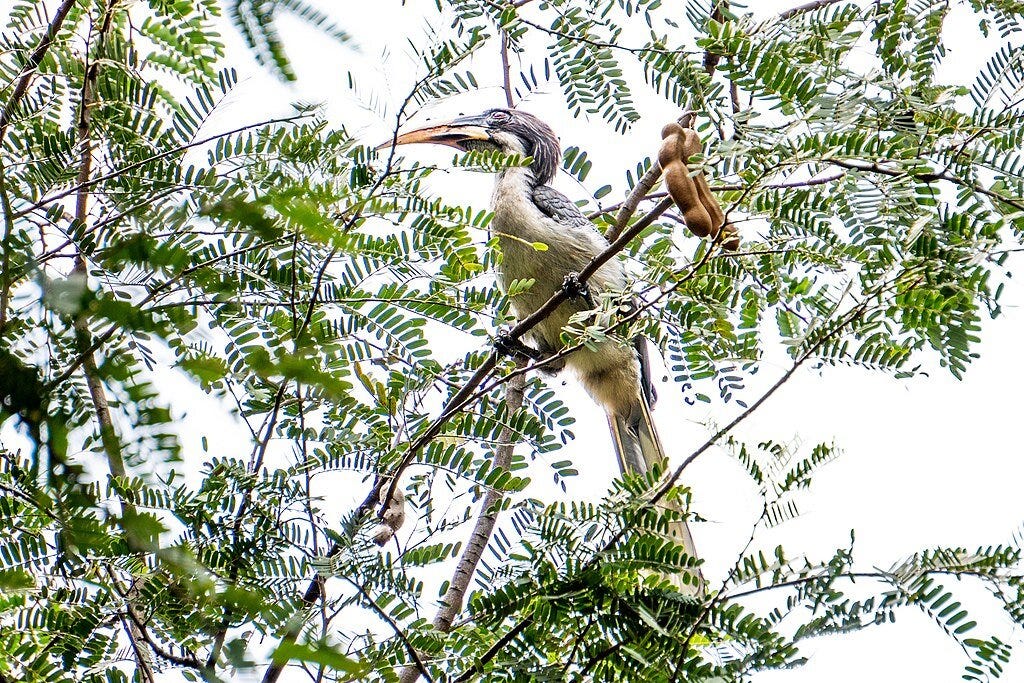Why tamarind?
Since starting this business, I’ve fallen in love with tamarind. This nubby, brown fruit has always been in my life, humming in the background. But last year, I spotted the hum and gave it attention: I read about it, talked to producers and NGOs about its potential, cooked with it in multiple forms and traveled around the New York City-area in search of its tangy goodness.
What prompted this interest? Learning that tamarind is considered to be an “underutilized” crop — a food that the experts implore us to eat more of due to its health and environmental potential.
Why is tamarind overlooked? Perhaps because of its useful traits — drought-tolerance, ability to thrive in diverse, often marginal conditions — tamarind has never been the focus of wide government or corporate research and investment.

From early days ‘til now, tamarind has largely remained in the realm of smallholder farmers, who grow it in their backyards or just simply forage for it.
So what is this crop that’s simultaneously under the radar and a key ingredient to tropical cuisines around the world?
Native to tropical Africa (most likely - its origin is disputed), the tamarind tree has spread all over the tropics. Its fruit contains a sour pulp that’s extracted and processed in many different ways. This pulp is used in sweet and savory dishes all over the world - from noodles in Thailand to stews in West Africa to candy in Mexico.
It’s a resilient crop that farmers successfully intercrop with other plants. Because of all these benefits, tamarind is a low-cost, low footprint source of nutrition, income, and um yeah, yumminess!
In creating Kick+Tang, my goal is to create demand for a low-fuss crop that can make food systems more resilient and put more cash in smallholder farmers’ pockets. To do that, I hope to work more directly with smallholder farmers to source tamarind, as Climate Cookery continues to grow.

